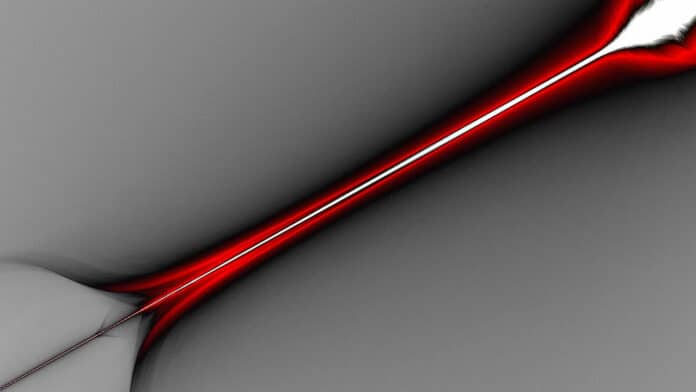If it were possible, a flexible laser could work with even the smallest variations in the natural world. However, because they are inherently unstable, lasers composed entirely of liquids have only proved successful in maintaining continuous operation under ambient settings if they are encased in a specially designed container or a matrix to stop the liquid from evaporating.
In a new study, scientists at the University of Tsukuba demonstrated a simple method to form a self-standing spherical microlaser composed fully of liquid that operates steadily even under the atmosphere. They have developed a tunable laser that can be inkjet-printed and have a color that changes based on the shape.
The microdroplets used in the method work as flexible, long-lasting, and pneumatically tunable lasers. This new development might make it possible to create lasers that can be used in regular settings, unlike current “droplet lasers,” which cannot function under the atmosphere.
Scientists have taken advantage of an artificial lotus effect to create liquid droplets that can act like lasers while remaining stable for up to a month. Currently available ‘droplet lasers’ cannot be used under ambient conditions since they will simply evaporate unless enclosed inside a container.
In this recent study, a laser-enabling dye was added to an ionic liquid termed 1-ethyl-3-methylimidazolium tetrafluoroborate (EMIBF4). This particular liquid was chosen because of its very high surface tension and prolonged rate of evaporation. Then, to make a quartz substrate impervious to liquids, small fluorinated silica nanoparticles are deposited onto the material. The tiny droplets of EMIBF4 that are applied to it using a pipette continue to be almost entirely spherical. The droplet could sustain its stability for at least 30 days, the results revealed.
First author Professor Hiroshi Yamagishi said, “The desired morphological and optical properties of the droplet were predicted by mathematical calculations to remain even when exposed to gas convection.”
When excited with a laser pumping source, the droplet can retain an optical resonance due to its form and resistance to evaporation. By gently altering the morphologies of the droplets, blowing nitrogen gas can modify laser peaks in the 645–662 nm region.
Professor Yamagishi said, “This is, to our knowledge, the first liquid laser oscillator that is reversibly tunable by the gas convections.”
“The laser droplet can also be used as a very sensitive humidity sensor or airflow detector. The researchers then employed a commercial inkjet printing apparatus equipped with a printer head that could work with a viscous liquid. The printed arrays of laser droplets worked without the need for further treatment.”
“The findings of this research indicate that the production is highly scalable and easy to perform so that it can be readily applied to manufacture inexpensive sensor or optical communication devices. This research may lead to new airflow detectors or less expensive fiber-optics communications.”
Journal Reference:
- Hiroshi Yamagishi et al. Pneumatically Tunable Droplet Microlaser. Laser & Photonics Reviews. DOI: 10.1002/lpor.202200874
